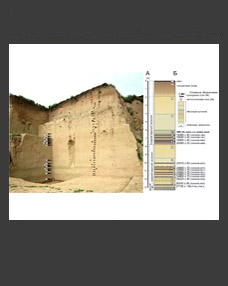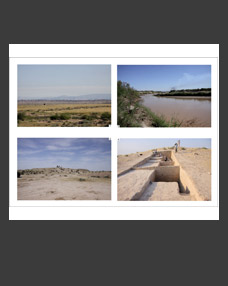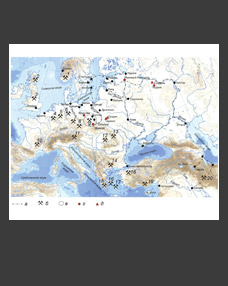Tatiana V. Andreevaa,b,c,#, Alexandra B. Malyarchukb,c,##, Vlasta E. Rodinkovad,###, Anna D. Soshkinab,c,####, Elizaveta V. Rozhdestvenskikha,#####, Maria V. Dobrovolskayad,######, Evgeny I. Rogaeva,c,e,#######
aCentre for Genetics and Life Sciences, Sirius University, Sochi, Russia
bVavilov Institute of General Genetics RAS, Moscow, Russia
cCentre for Genetics and Genetic Technologies, Lomonosov Moscow State University, Moscow,Russia
dInstitute of Archaeology RAS, Moscow, Russia
eUniversity of Massachusetts Chan Medical School, Department of Psychiatry, Shrewsbury, USA
#E-mail: an_tati@mail.ru
##E-mail: sasha-m98@mail.ru
###E-mail: vlasta2004@mail.ru
####E-mail: anna.soshkina91@gmail.com
#####E-mail: l.i.r.o@mail.ru
######E-mail: mk_pa@mail.ru
#######E-mail: rogaev.ei@talantiuspeh.ru
Keywords: ancient DNA, mitochondrial DNA (mtDNA), haplogroup, the Volintsevo culture, early Slavs.
Despite the achievements of recent years of palaeogenomic research, the genetic features and diversity of the early Slavic population remain unexplored due to the cremation ritual common in the ancient Slavic tribes. Therefore, each find of an Early Slavic site is an important material. Such a unique Early Slavic object is an individual whose remains were found in a dwelling attributed to the Volintsevo culture from the Kurilovka 2 site in Kursk Region, which dates back to the end of the 7th – first half/middle of the 8th century AD. We extracted DNA from the tooth and used it for genetic analysis. We reconstructed the complete mitochondrial DNA sequence and determined that it belongs to the European haplogroup H1b. The results of the phylogenetic analysis testify the common maternal lineages of the individual from Kurilovka with Medieval and modern European samples and suggest a commonality of the early Slavic and northwestern European mitochondrial lineages.
DOI: 10.31857/S0869606323030030, EDN: KGTTIT







